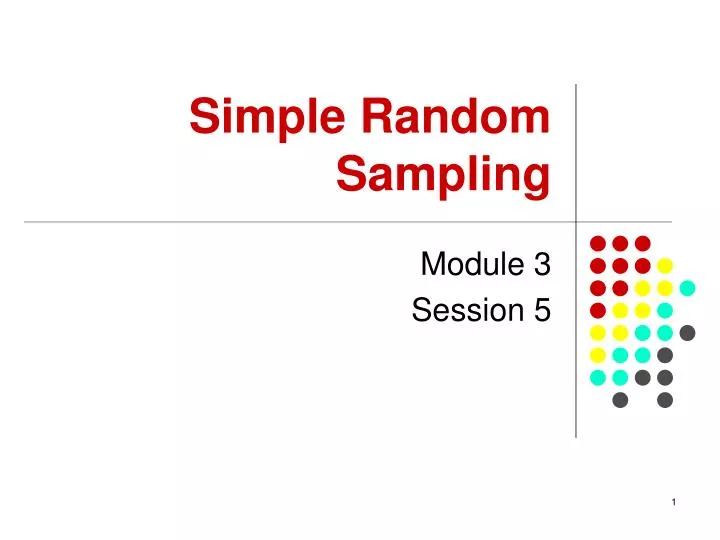


We would select the 11 th, 9,292 nd and 2,001 st students from our list to be part of the sample. (the 11 th student from the numbered list of 10,000 students) Imagine the first three numbers from the random number table were: 0011 In this case, this would mean selecting 200 random numbers from the random number table. STEP SIXįinally, we select which of the 10,000 students will be invited to take part in the research.

These random numbers can either be found using random number tables or a computer program that generates these numbers for you. Next, we need a list of random numbers before we can select the sample of 200 students from the total list of 10,000 students. In our case, this would mean assigning a consecutive number from 1 to 10,000 (i.e., N = 10,000 the population of students at the university). We now need to assign a consecutive number from 1 to N, next to each of the students. You can read about this later in the article under Disadvantages of simple random sampling. If you were actually carrying out this research, you would most likely have had to receive permission from Student Records (or another department in the university) to view a list of all students studying at the university. To select a sample of 200 students, we need to identify all 10,000 students at the university. This may have suggested that we needed a larger sample size perhaps as many as 400 students. However, we could have also determined the sample size we needed using a sample size calculation, which is a particularly useful statistical tool. This number was chosen because it reflects the limit of our budget and the time we have to distribute our questionnaire to students. Let's imagine that we choose a sample size of 200 students. If we were only interested in female university students, for example, we would exclude all males in creating our sampling frame, which would be much less than 10,000 students. Since we are interested in all of these university students, we can say that our sampling frame is all 10,000 students. In our example, the population is the 10,000 students at the single university.


 0 kommentar(er)
0 kommentar(er)
